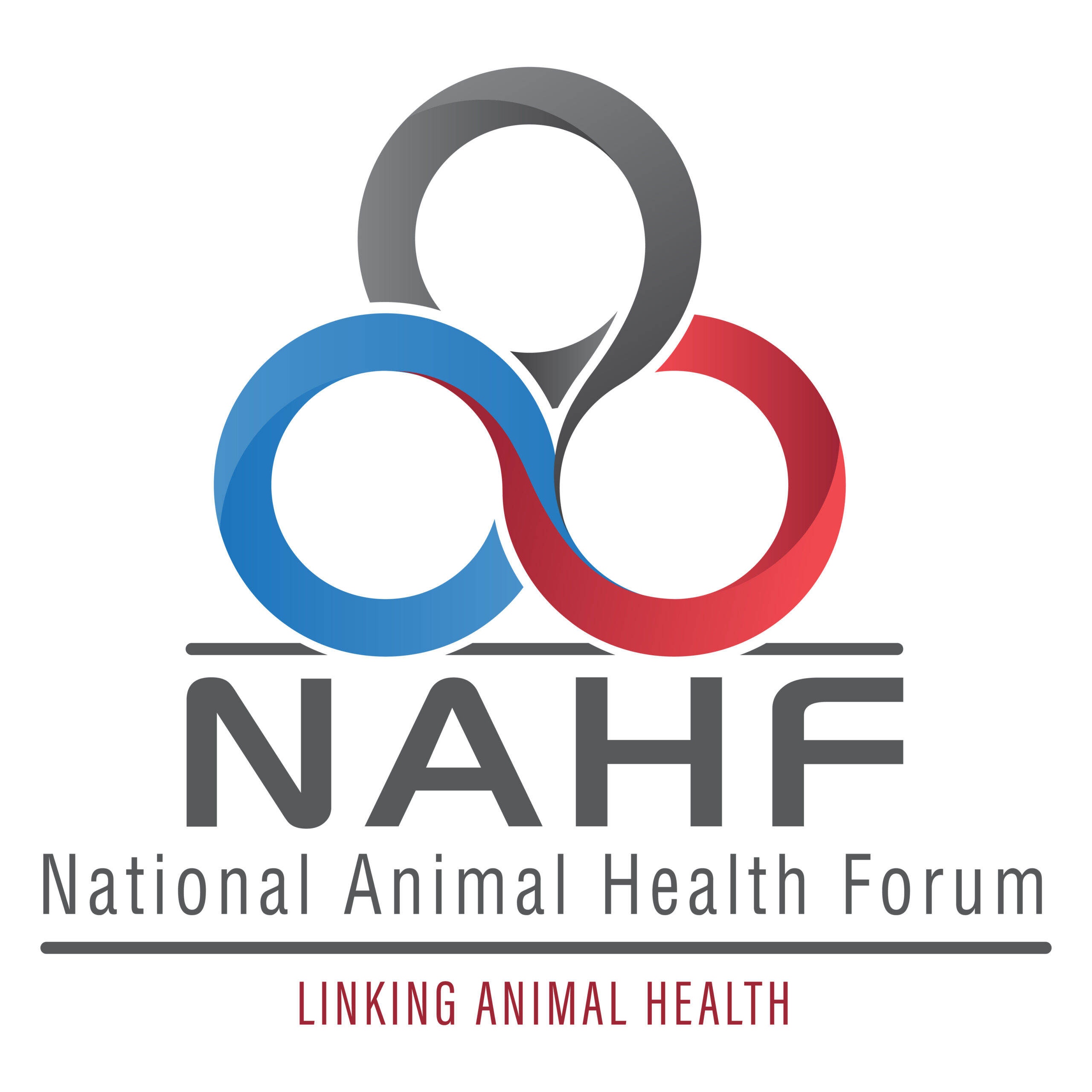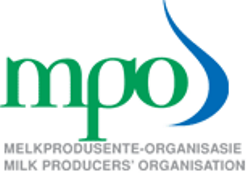By accepting responsibility, we take effective steps toward our goal: an inclusive human society on a habitable planet, a society that works for all humans and for all nonhumans. By accepting responsibility, we move closer to creating a world that works for all.”
Sharif M. Abdullah
Why register?
The registration of water use is compulsory in terms of the National Water Act (Act 36 of 1998). Dairy farmers have to register water use with the Department of Water and Sanitation (DWS) as follows:
| Type of water use | Registration required
Yes/No |
| Water use under Schedule 1 | N |
| Existing Lawful Use (ELU) | Y |
| Water use under General Authorization | Y |
| Licensed water use | Y |
Registration process
The process of registration is determined by the type of water use but generally comprises the following steps:
- Submission of registration application on the applicable forms to DWS
- DWS conducts assessment of application
- Authorisation of water use is granted on the basis of:
- Existing Lawful Use
- General Authorisation
- Water Use Licence
It is important to note that a registration certificate is not an entitlement or an authorisation for water use. A registration certificate can only be issued after registration forms have been submitted, assessed, and authorisation is given.
Water use under Schedule 1
The only water use excluded from compulsory registration is Schedule 1 water uses, which allows for permissible water use of low volume and impact that is largely consistent with domestic activities and general stock watering.
Existing Lawful Use
Before the NWA was promulgated in 1998, water use was governed by the Water Act (No 54 of 1956). As a general rule, all water use commencing before 1998 is deemed to be Existing Lawful Use (ELU) under the NWA. However, relevant records such as irrigation infrastructure designs need to be in place to prove the water use occurred before 1998 and the ELU must be verified and validated by the DWS for it to be registered.
Water use under General Authorisation
General Authorisation (GA) replaces the need for a water user to apply for a licence in terms of the Act, provided that the water use is within the limits and conditions as set out in the general authorisation. GAs are published in the Government Gazette by way of a Government Notice (GN). The GAs that might apply to dairy farmers are listed below.
| Water use | GN No and date |
| Storage and irrigation of wastewater – The GA allows the disposal of waste water from dairy farming activities into an on-site or off-site slurry ponds and irrigation with wastewater from slurry ponds under specific conditions | GN 665, September 2013 – Revision of general authorisations in terms of section 39 of the National Water Act, 1998 (Act No. 36 of 1998) (The Act)
http://extwprlegs1.fao.org/docs/pdf/saf126916.pdf
|
| Abstraction of surface water and groundwater | GN 538, 2 September 2016 – Revision of general authorisation for the taking and storing of water
http://www.kwanalu.co.za/wp-content/uploads/2016/11/40243_gen538.pdf |
| Impeding/diverting flow within watercourse or catchment area | GN 509, 26 August 2016 – Impeding or diverting the flow of water in a watercourse (section 21(c)), or altering the bed, banks, course or characteristics of a watercourse (section 21(i)) of the National Water Act (Act No. 36 of 1998). |
| Storage of clean water (dams) | GN 538, 2 September 2016 – Revision of general authorisation for the taking and storing of water
http://www.kwanalu.co.za/wp-content/uploads/2016/11/40243_gen538.pdf |
Water Use License (WUL)
Section 21 of the NWA lists all water use activities which require a Water Use License (WUL) and are subject to a Water Use License Application (WULA) process, excluding
- water use under Schedule 1;
- an Existing Lawful Use; and
- under General Authorisation as explained above
.The registration of the following water uses require a WUL:
- taking water from a water resource;
- storing water Any person or body storing water for any purpose (including irrigation, domestic supply, industrial use, mining, aqua culture, fishing, water sport, aesthetic value, gardening, landscaping, golfing, etc) from surface run-off, groundwater or fountain flow in excess of 10 000 cubic meters;
- impeding or diverting the flow of water in a watercourse;
- engaging in a stream flow reduction activity (Afforestation);
- engaging in a controlled activity such as irrigating with waste;
- discharging waste or water containing waste into a water resource through a pipe, canal, sewer, sea outfall or other conduit. This includes the following activities:
-
- Section 21(e) – engaging in a controlled activity defined as such in Section 37(1), with specific reference to irrigation of any land with waste or water containing waste generated through any industrial activity or by a water work.
- Section 21(f) – discharging waste or water containing waste into a water resource through a pipe, canal or other conduit.
- Section 21(g) – disposing of waste in a manner which may detrimentally impact on a water resource – such as slurry ponds.
- Section 21(h) – disposing in any manner of water which contains waste from, or which has been heated in, any industrial or power generation process.
- Section 21(j) – removing, discharging or disposing of water found underground if it is necessary for the efficient continuation of an activity or for the safety of people.
The Water Use Licence Application process includes a public participation process, B-BBEEE motivation and specialist studies to determine the sustainability of the proposed water use. A comprehensive report must be submitted to the DWS for their approval. The issue of a WUL by the DWS grants legal right to water use.
Link to Waste Related Water Use Registration Guide, July 2013
Link to National Water Act
https://www.dwa.gov.za/Documents/Legislature/nw_act/NWA.pdf
The DWS is currently undertaking a ‘Verification and Validation’ process, proceeding from one catchment to the next across the country. Any discrepancy between use and allocation is highlighted, as is the legality of the water use.
Is there a fee for water use registration?
There is no registration fee.
Is there a Registration Certificate?
A signed Registration certificate will be issued to successfully registered water users.
Where must you register your water use?
All persons or bodies required to register can contact any of the Regional Office of the Department of Water and Sanitation (//www.dwa.gov.za/Projects/WARMS/contacts.aspx)
Where do you get water use registration forms?
Water use registration forms are available on the website (//www.dwa.gov.za) or in your local Regional Office of the Department of Water and Sanitation (//www.dwa.gov.za/Projects/WARMS/contacts.aspx)
Published on Tuesday, 29th August 2017 - 22:45
Recent Posts
disclaimer









